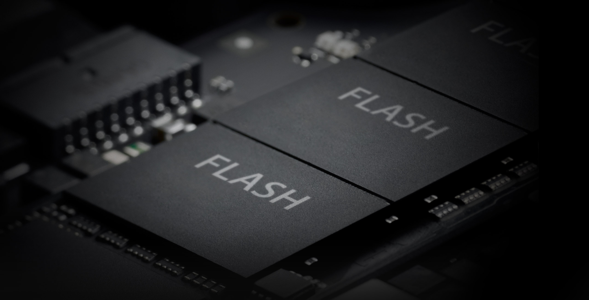A Device-Array Based Flash Storage System for Emerging Data-Intensive and Mission-Critical Mobile Applications:
From Architecture Redesign to New File System

Flash memory manufacturers are aggressively scaling up NAND flash density in order to increase capacity and reduce the cost per gigabyte using either MLC (multi-level cell) or TLC (triple level cell) technologies. However, other metrics like reliability, endurance, and performance are all declining. As a result, developing a high-performance and highly reliable embedded flash storage system on top of increasingly larger but inferior NAND flash memory devices has become both indispensable and challenging. Utilizing a holistic approach from hardware re-architecting to software redesign, this project designs, implements, and evaluates a new flash storage system for emerging and future data-intensive mobile applications such as wireless healthcare and live sport broadcast. In particular, this project will replace the existing single-device hardware organization with a multiple-device array architecture. Next, this project will develop a new flash file system that can access multiple flash memory devices in parallel. Also, a wide spectrum of new techniques including garbage collection method, wear levelling mechanism, ECC protection, and data recovery scheme will be developed. Finally, a hardware prototype that can empirically evaluate the new flash device array architecture and all software modules will be built. The new flash file system including source code and documents, all new techniques, and the hardware prototype, the outcomes of this project, will be released to the public. This project will also promote teaching, learning, and training by exposing students to technological and scientific underpinnings in the field of mobile storage systems.
